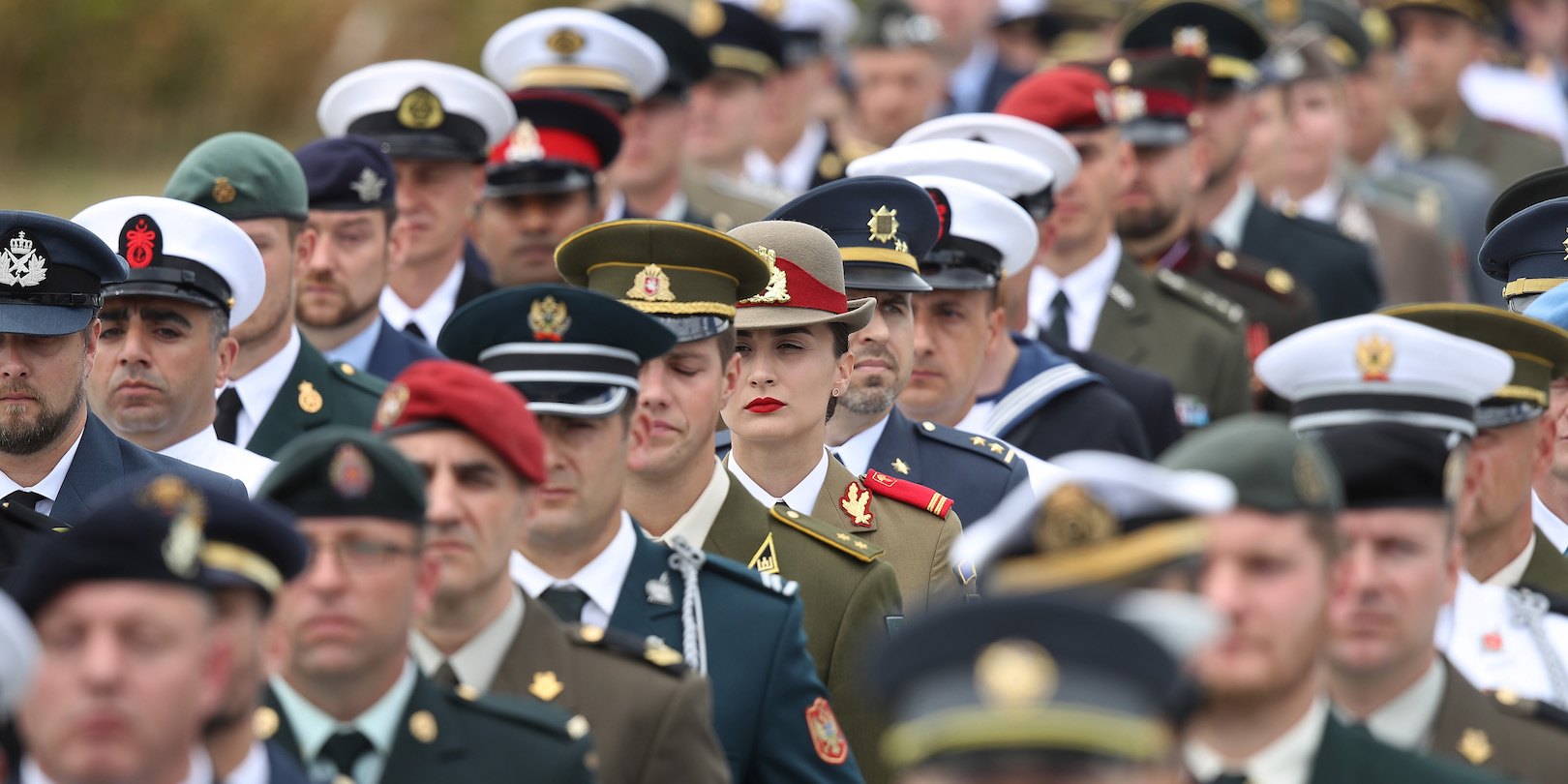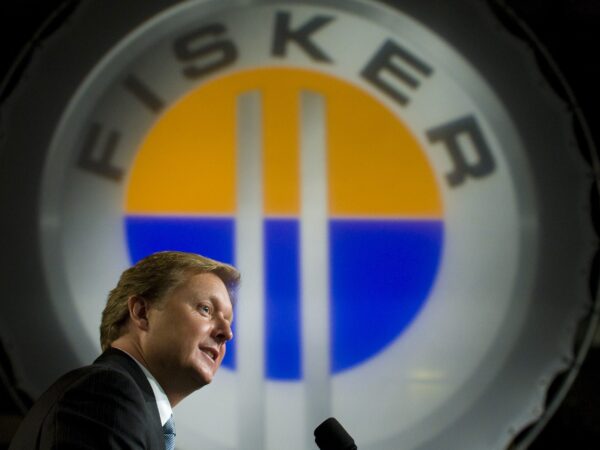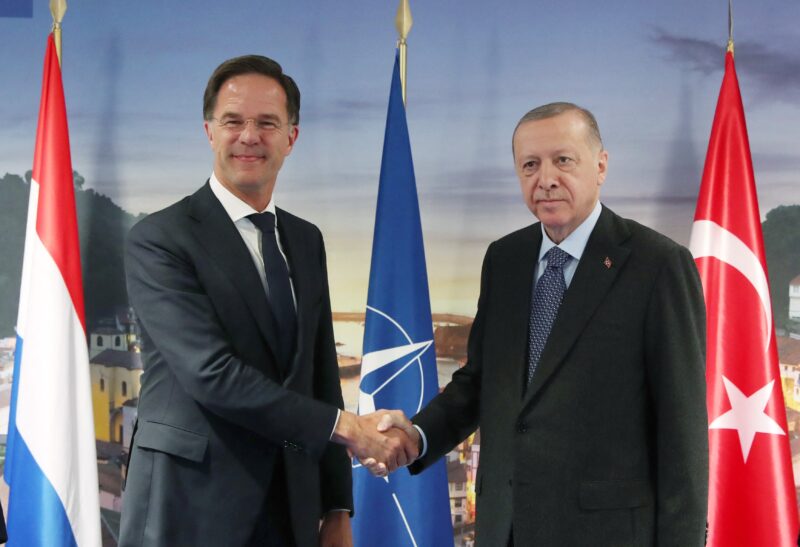- NATO’s 12 founding members formed the transatlantic alliance in 1949.
- In the 70 years since, the organization has only grown, but it hasn’t always been smooth.
On April 4, 1949 – almost exactly four years after Germany’s unconditional surrender ended World War II in Europe – 12 countries signed the North Atlantic Treaty in Washington, DC.
Within five months, each of those countries had ratified the treaty, sealing their membership in the North Atlantic Treaty Organization, or NATO.
In the 70 years since, the alliance has responded to crises in Europe and around the world. It has also grown, incorporating Western European countries and former Soviet republics. NATO also counts countries in Asia, Oceania, and Latin America as global partners.
NATO's expansion hasn't been without growing pains, but the alliance, now in the process of accepting its 30th member, is bigger than ever.
You can see each country's forces in action, along with the date they joined NATO.
April 4, 1949 — Belgium was one of 12 founding members who signed the North Atlantic Treaty four years after World War II.

April 4, 1949 — Canada.

April 4, 1949 — Denmark.

April 4, 1949 — France's president, Charles de Gaulle, withdrew the French armed forces from NATO's integrated military structure in 1966 out of a desire for more independence, particularly from the US.

April 4, 1949 — Iceland did not have and still does not have armed forces, but it has a coast guard, national police, an air-defense system, and a voluntary expeditionary peacekeeping force.

April 4, 1949 — Italy.

April 4, 1949 — Luxembourg.
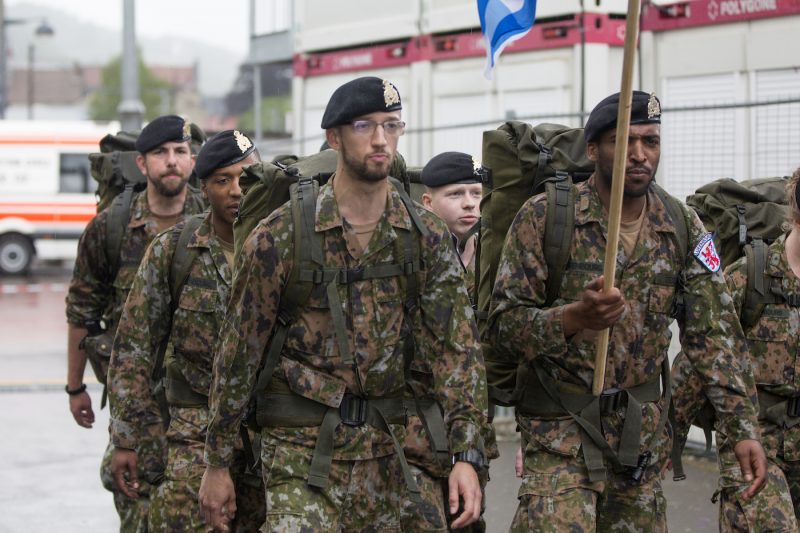
April 4, 1949 — the Netherlands.

April 4, 1949 — Norway.

April 4, 1949 — Portugal.

April 4, 1949 — the United Kingdom.

April 4, 1949 — the United States.

February 18, 1952 — Greece.
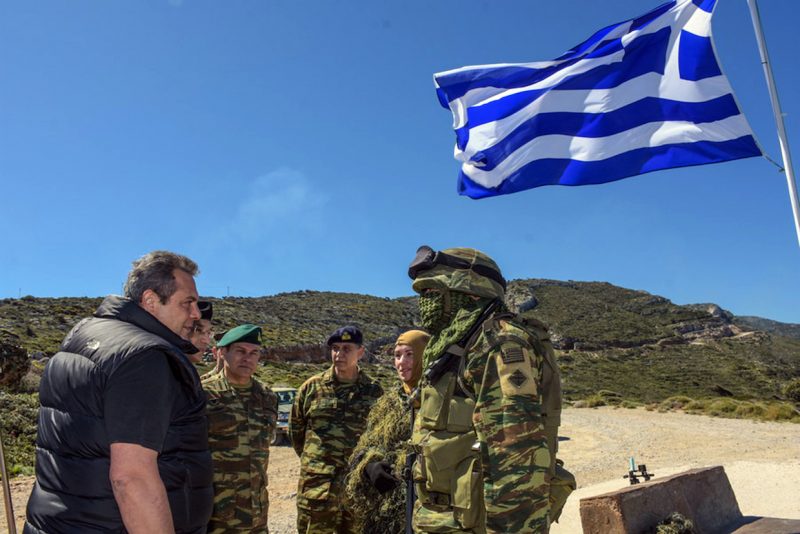
February 18, 1952 — Turkey.

May 6, 1955 — West Germany joined the alliance six years after the country itself was formed. The intervening period was filled with debate in West Germany and in Western Europe about whether and how to integrate the new country.
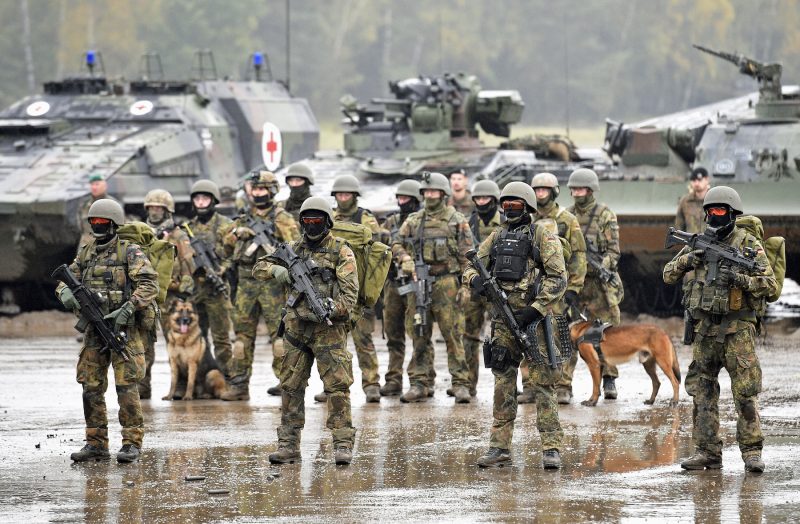
When West and East Germany reunited on October 3, 1990, the newly reunified Germany retained West Germany's membership in the alliance.
May 30, 1982 — Spain joined seven years after the end of the Franco dictatorship. The country also went through a military coup in 1981, and its leading opposition party, the Socialist Party, initially opposed joining.

March 12, 1999 — the Czech Republic was one of three countries whose ascension marked the first wave of NATO's post-Cold War expansion. It, Hungary, and Poland were the first former members of the Warsaw Pact to join.
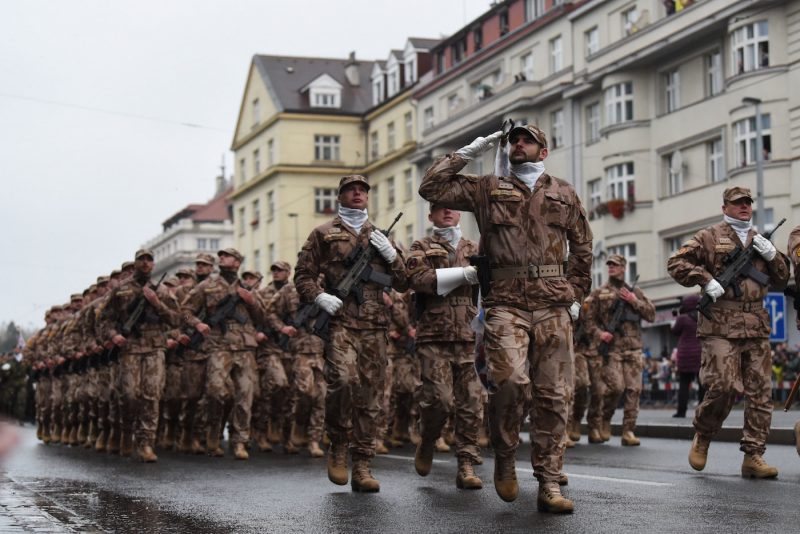
March 12, 1999 — Hungary.
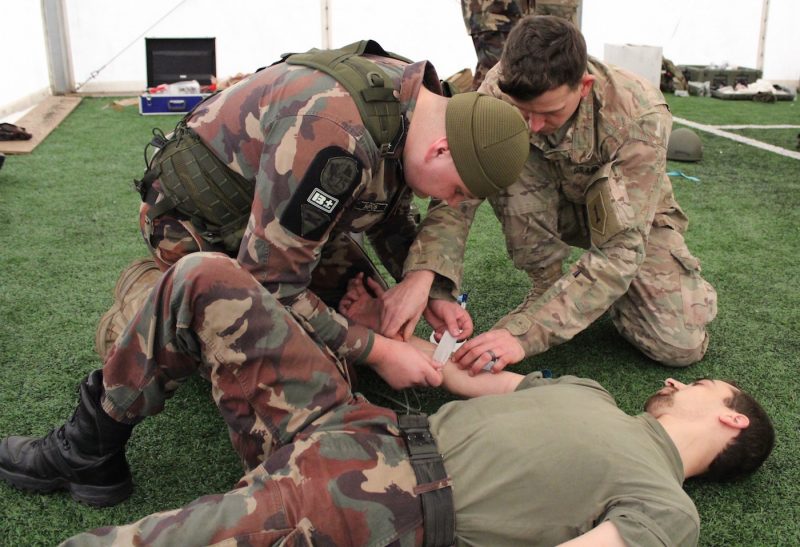
March 12, 1999 — Poland.

March 29, 2004 — Bulgaria was one of seven countries to join NATO in the alliance's second wave of post-Cold War enlargement.

March 29, 2004 — Estonia.

The Baltic countries of Estonia, Latvia, and Lithuania do not have their own air forces, so since their ascension in 2004, other NATO members have rotated aircraft and supporting units through the three countries as part of NATO's Baltic air-policing mission.
March 29, 2004 — Latvia.

March 29, 2004 — Lithuania.

March 29, 2004 — Romania.

March 29, 2004 — Slovakia.

March 29, 2004 — Slovenia.

April 1, 2009 — Albania and Croatia worked closely with NATO, particularly on defense and security issues, prior to joining.
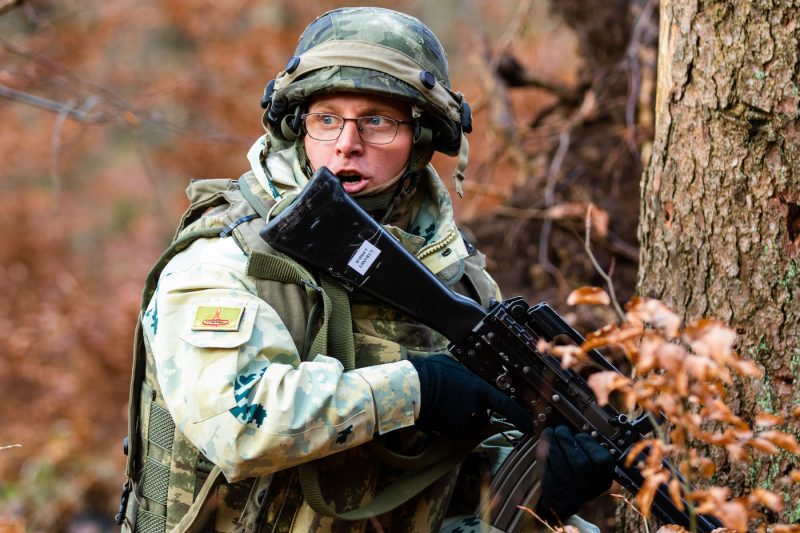
April 1, 2009 — Croatia.

June 5, 2017 — Montenegro, the alliance's newest member, began working closely with NATO shortly after its independence in June 2006, including on the NATO-led mission in Afghanistan beginning in 2010.
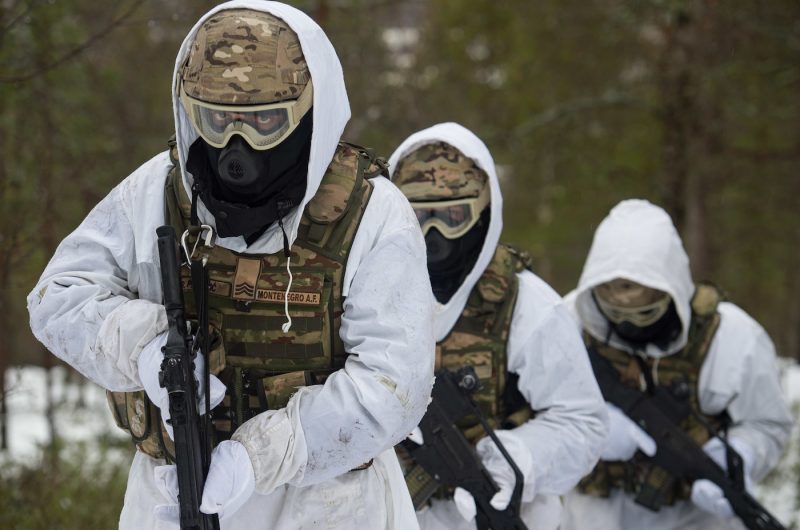
2019? — North Macedonia was invited to join NATO in July 2018, and in early February, NATO members signed a letter of ascension for what could soon be NATO's 30th member. Each NATO member must now ratify the accession protocol for Montenegro to officially join. That could happen by the end of 2019.
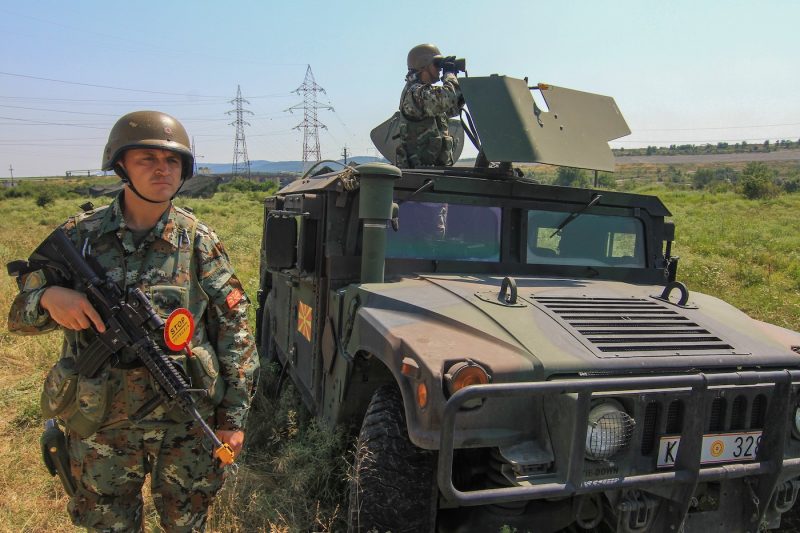
Recent criticism of NATO has focused on post-Cold War enlargement, questioning what new members bring to the alliance and whether it's in NATO's interest to commit to defending them.
Russia, too, has criticized this expansion. Moscow sought to halt Montenegro's ascension by fomenting a failed coup there in late 2016. North Macedonia's membership would further NATO's presence in the Balkans, an area where Russian has long held influence.
President Donald Trump - a frequent, strident critic of NATO - inflamed this debate in summer 2018, when he questioned whether the US should defend Montenegro.
Trump may have echoed a common criticism, but he was widely rebuked for seeming to undercut the collective-defense principal that undergirds NATO's existence.
